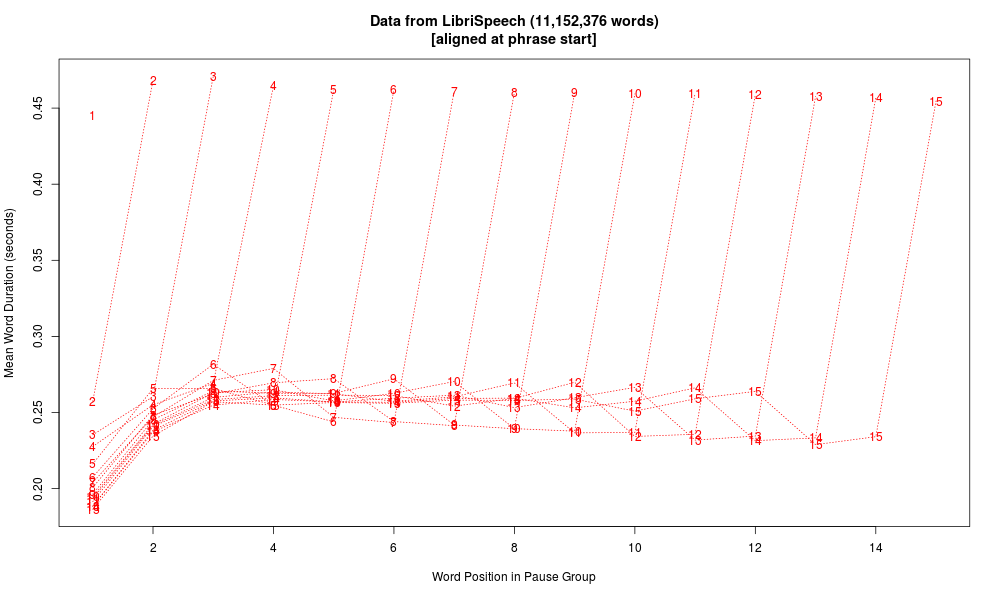"I have gone into my own way"
In a series of recent posts we've explored the fun side of recursive weighted sums and point nonlinearities as a translation algorithm: "What a tangled web they weave", "A long short-term memory of Gertrude Stein", "Electric sheep", "The sphere of the sphere is the sphere of the sphere". But the featured translations have all involved inputs of characters in kana, hangul, Thai script, and other non-Latin alphabets, and it's natural to wonder whether this is an essential part of the game.
No — here are various repetitions of "è ", "îî ", and "îè " translated from Greek:
| è è è è è è è è è è | Things to Do |
| è è è è è è è è è è è | Date of Issue No. |
| è è è è è è è è è è è è | May 2009 |
| îî îî îî îî îî îî îî îî îî îî îî îî îî îî îî îî îî îî îî îî îî îî | I have forsaken myself for it to be with you |
| îî îî îî îî îî îî îî îî îî îî îî îî îî îî îî îî îî îî îî îî îî îî îî îî îî îî îî îî îî | I have resuscitated myself for my own sake I have forgiven myself for myself |
| îè îè îè îè îè îè îè îè îè | You're going to be yours |
| îè îè îè îè îè îè îè îè îè îè îè îè îè | You'll be out of your way |
| îè îè îè îè îè îè îè îè îè îè îè îè îè îè îè | You're on your way out of the sun |
| îè îè îè îè îè îè îè îè îè îè îè îè îè îè îè îè îè îè îè îè | You're on your way back to your day |
| îè îè îè îè îè îè îè îè îè îè îè îè îè îè îè îè îè îè îè îè îè îè îè îè îè îè | You are on your way back to the day you are in your country |
| îè îè îè îè îè îè îè îè îè îè îè îè îè îè îè îè îè îè îè îè îè îè îè îè îè îè îè | You have been signed in. You have signed in. You have signed in. |
| îè îè îè îè îè îè îè îè îè îè îè îè îè îè îè îè îè îè îè îè îè îè îè îè îè îè îè îè îè îè îè îè | You are on your way to the last day of your stay. You have reached the last day of your stay. |
| îè îè îè îè îè îè îè îè îè îè îè îè îè îè îè îè îè îè îè îè îè îè îè îè îè îè îè îè îè îè îè îè îè | You have finished your call and have signed in. |
| îè îè îè îè îè îè îè îè îè îè îè îè îè îè îè îè îè îè îè îè îè îè îè îè îè îè îè îè îè îè îè îè îè îè îè îè îè îè îè îè îè îè îè | You have been signed in. You have made a call. You are on your way. You are on your way. You have signed in. |
Read the rest of this entry »


